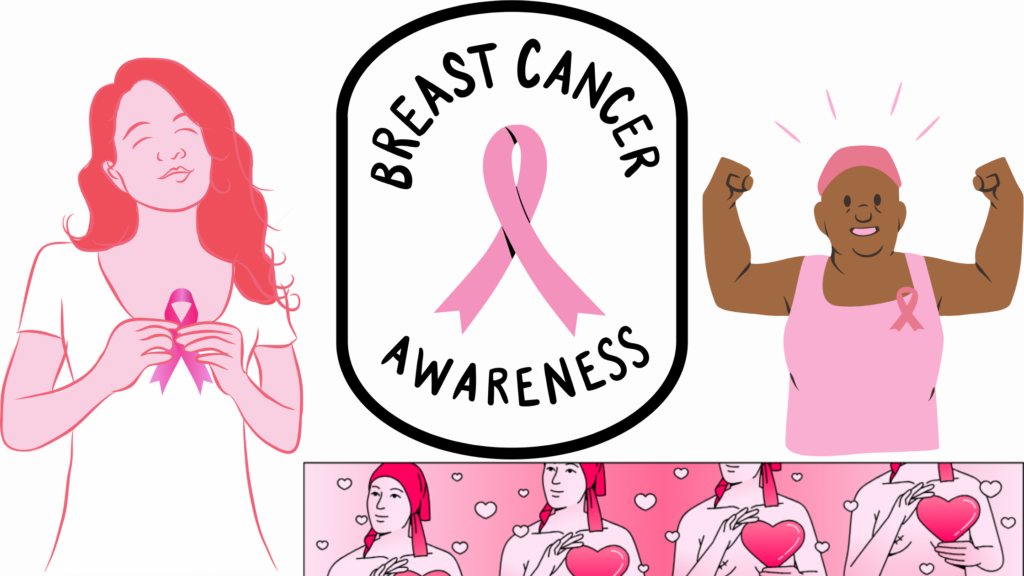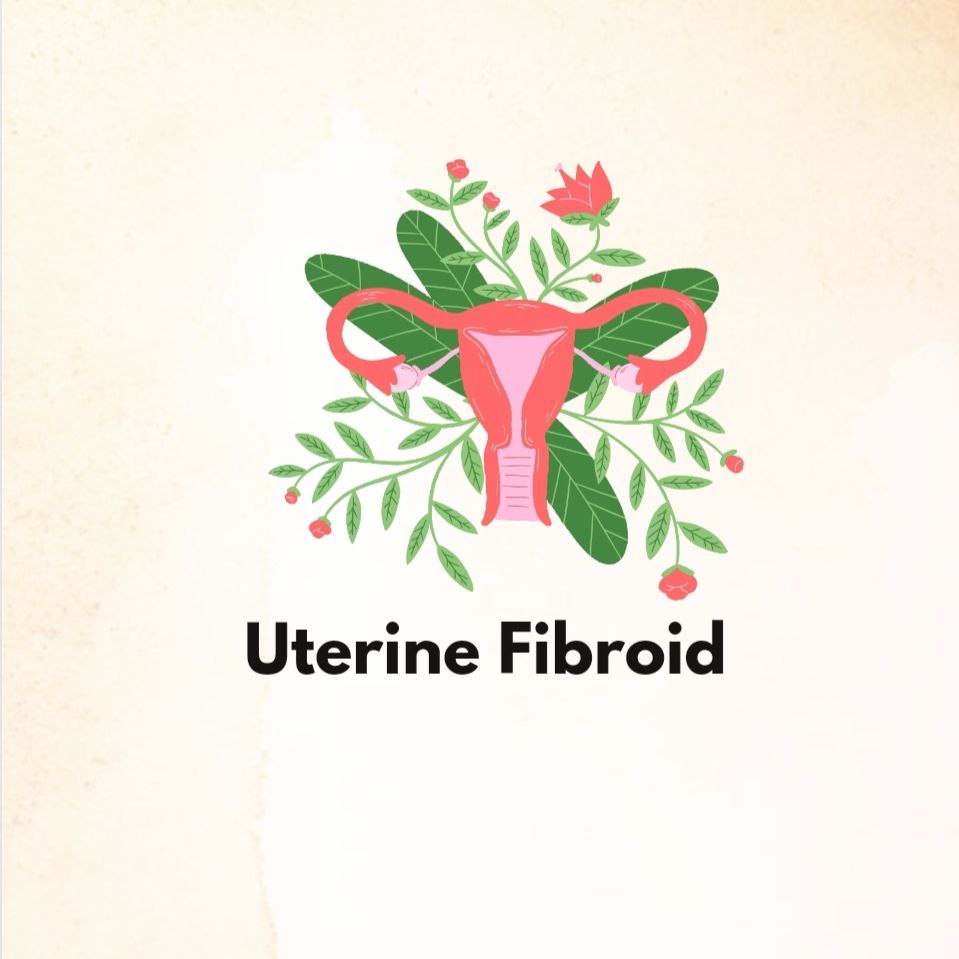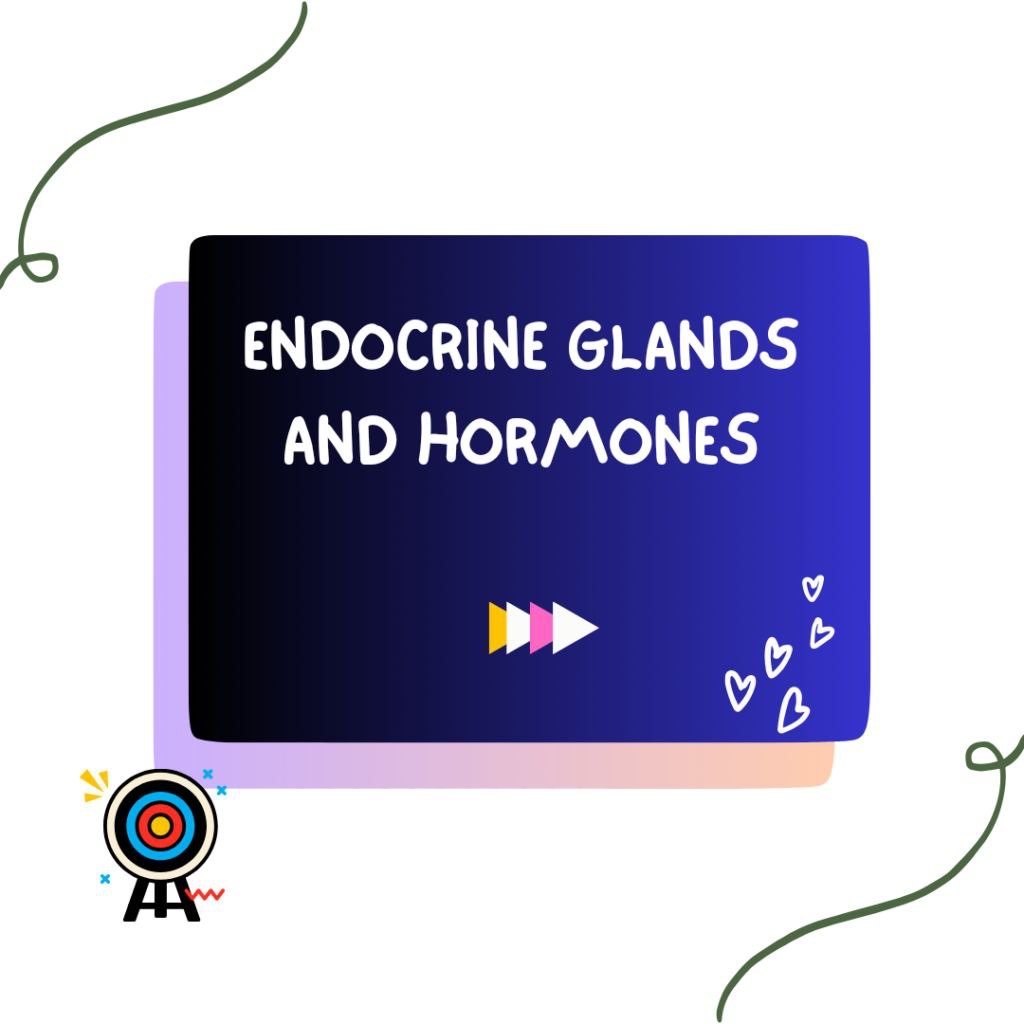According to World Health Organization, Cervical cancer is the fourth most common cancer in women globally. The highest rates of cervical cancer and mortality due to cervical cancer is seen in low- and middle-income countries. Almost 85 percentage of incidence and death occurs in these countries.
Cervical cancer is caused by persistent infection with different stains of the human papillomavirus (HPV). Cervical cancer can be cured if diagnosed at an early stage and treated well.
Risk Factors of cervical cancer
- High Risk Types
- Early sexual exposure (<16 year of age)
- Multiple Sexual Partners
- Immunocompromised
- Age >30
- Smoking habits
- Poor genital hygiene
- Persistent Genital Infections and STD
- Dietary deficiency of Vit A, C, E
- Improper Screening
Most Common stains causing Cervical cancer
HPV 16, 18,31,33,45,52,56, 58, 59,68 are high risk strains and HPV type 6,11,42,43,44 are low risk strains. Also caused by HSV 2, HIV, Chlamydia like organisms
Vaccine against Cervical cancer and Cervical Disease
HPV Vaccine already developed from capsid coat of HPV Virus. Cervarix vaccine is active against HPV Types 16 and 18. Gardasil vaccine is active against HPV 6,11,16,18.
Vaccine cannot prevent already HPV infection but works well in non infected women. So it is ideal to give these vaccine before the sexual activities.Vaccines are effective at least 7.5 years.
For female aged less than 15 two dose (0, 6 month )and age more than 15 3 dose (0,1-2,6 month) is the recommended schedule for vaccination against HPV
In-shorts we can easily say that -
1. Cervical cancer is primarily caused by persistent infection with high-risk human papillomavirus (HPV).
2. It is one of the most preventable cancers with routine screening and HPV vaccination.
3. Early stages of cervical cancer often show no symptoms.
4. Regular Pap smears can detect precancerous changes in the cervix.
5. HPV vaccination is most effective when administered before exposure to the virus.
6. Smoking increases the risk of developing cervical cancer.
7. Women aged 30–65 should have an HPV test every five years for early detection.
8. Untreated cervical cancer can spread to nearby tissues, causing complications.
9. A weakened immune system can make it harder to fight off HPV infections.
10. Early treatment for cervical cancer has a high success rate.
So Cervical cancer is preventable through regular screenings, HPV vaccination, and early detection. Awareness and timely intervention can significantly reduce risks, ensuring better outcomes and improved quality of life for women.



















